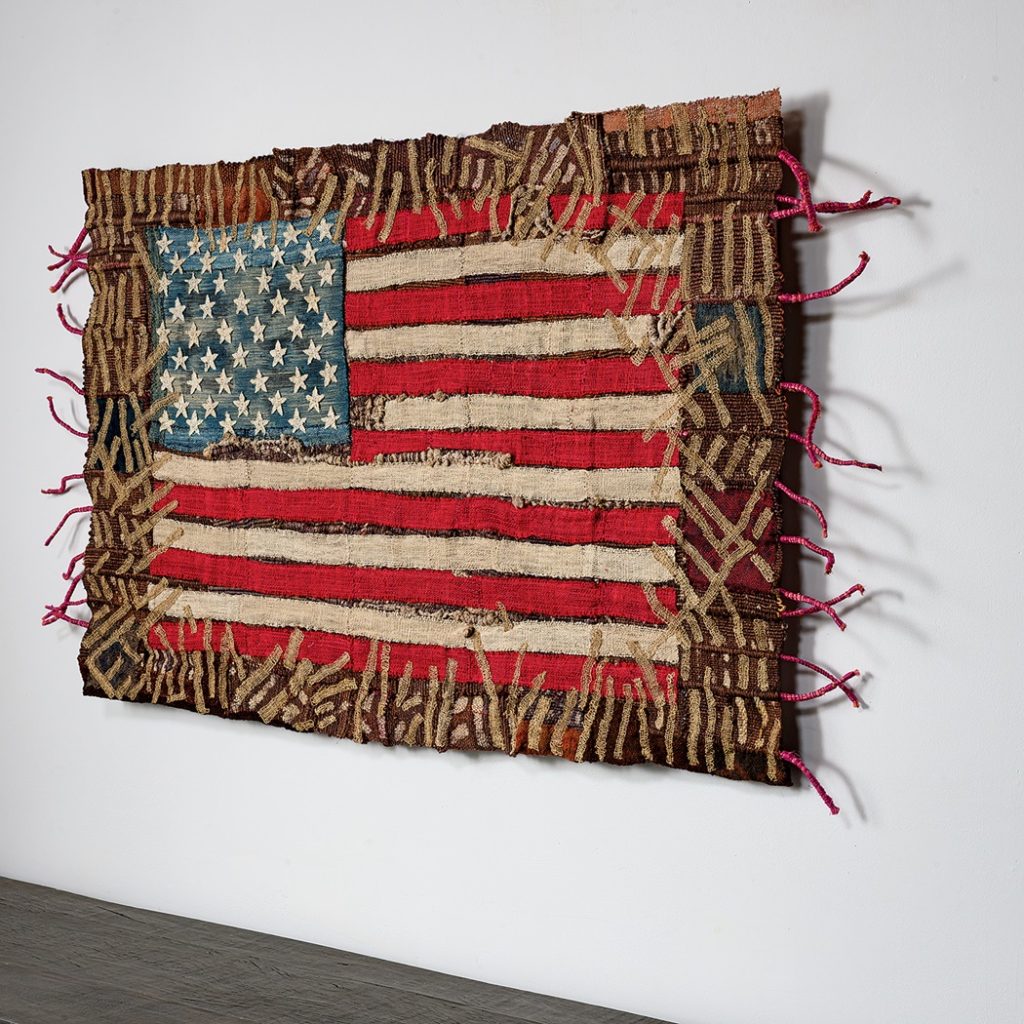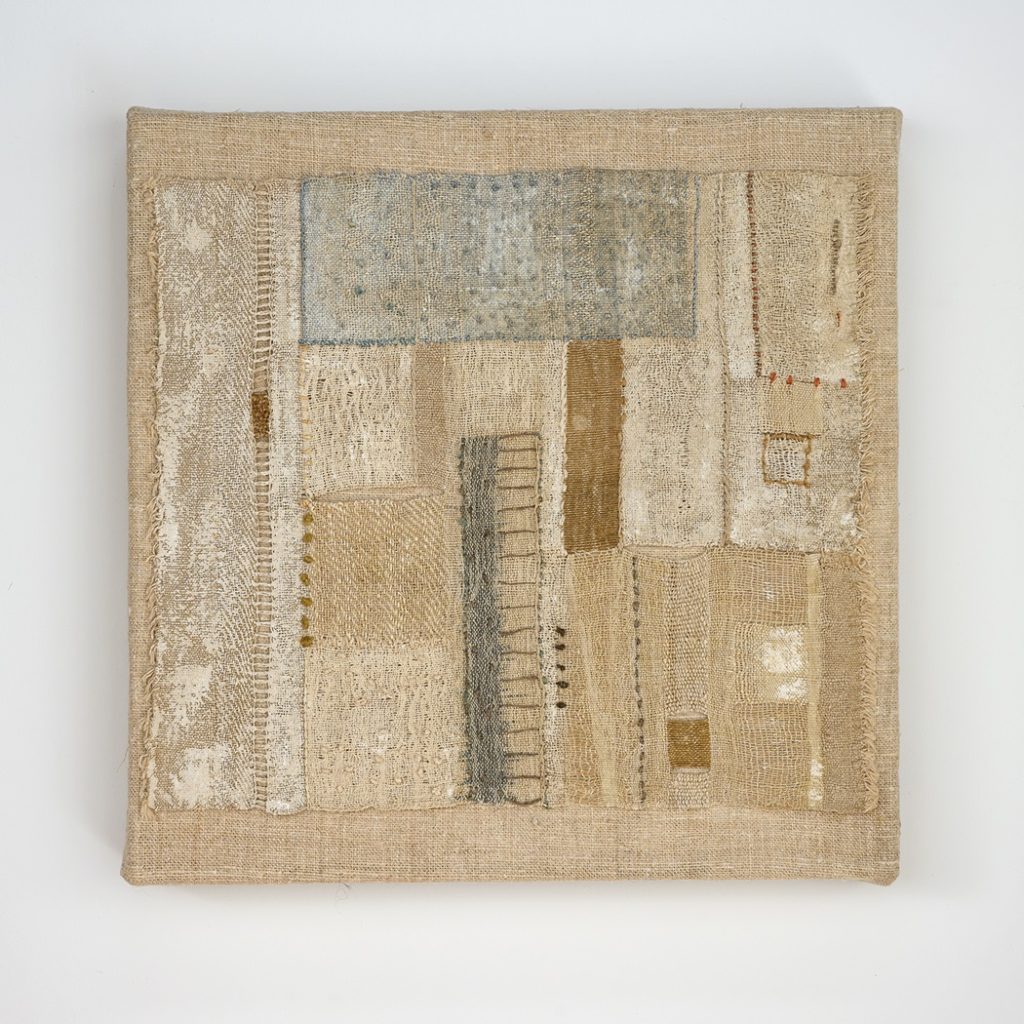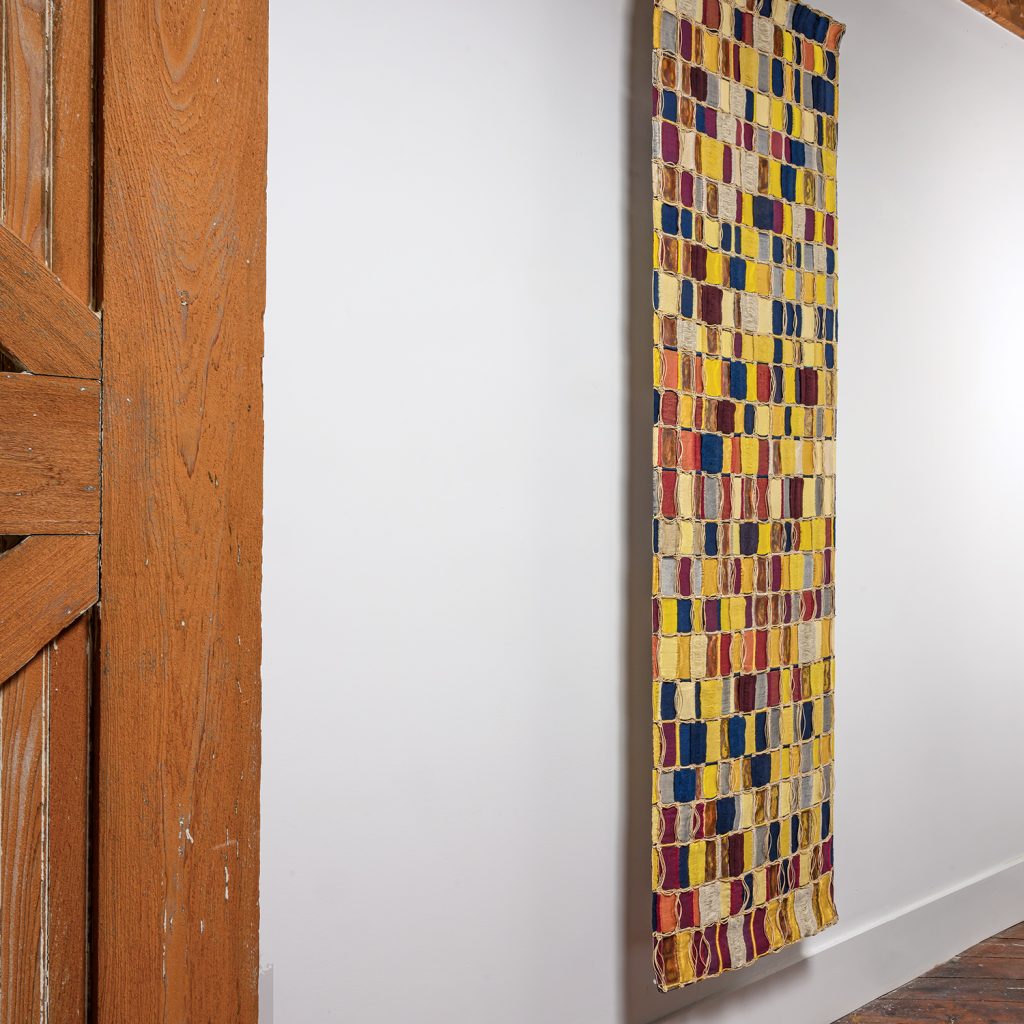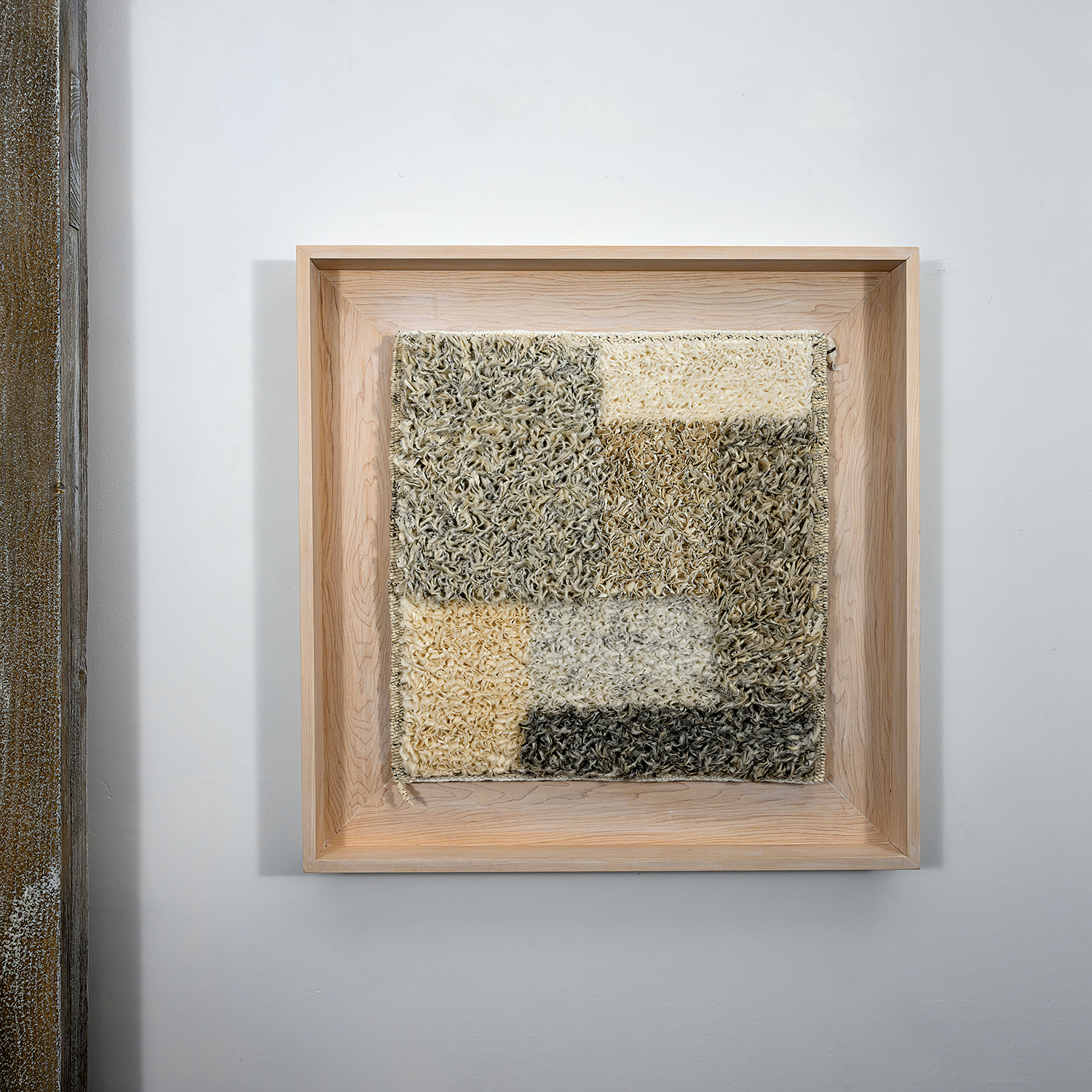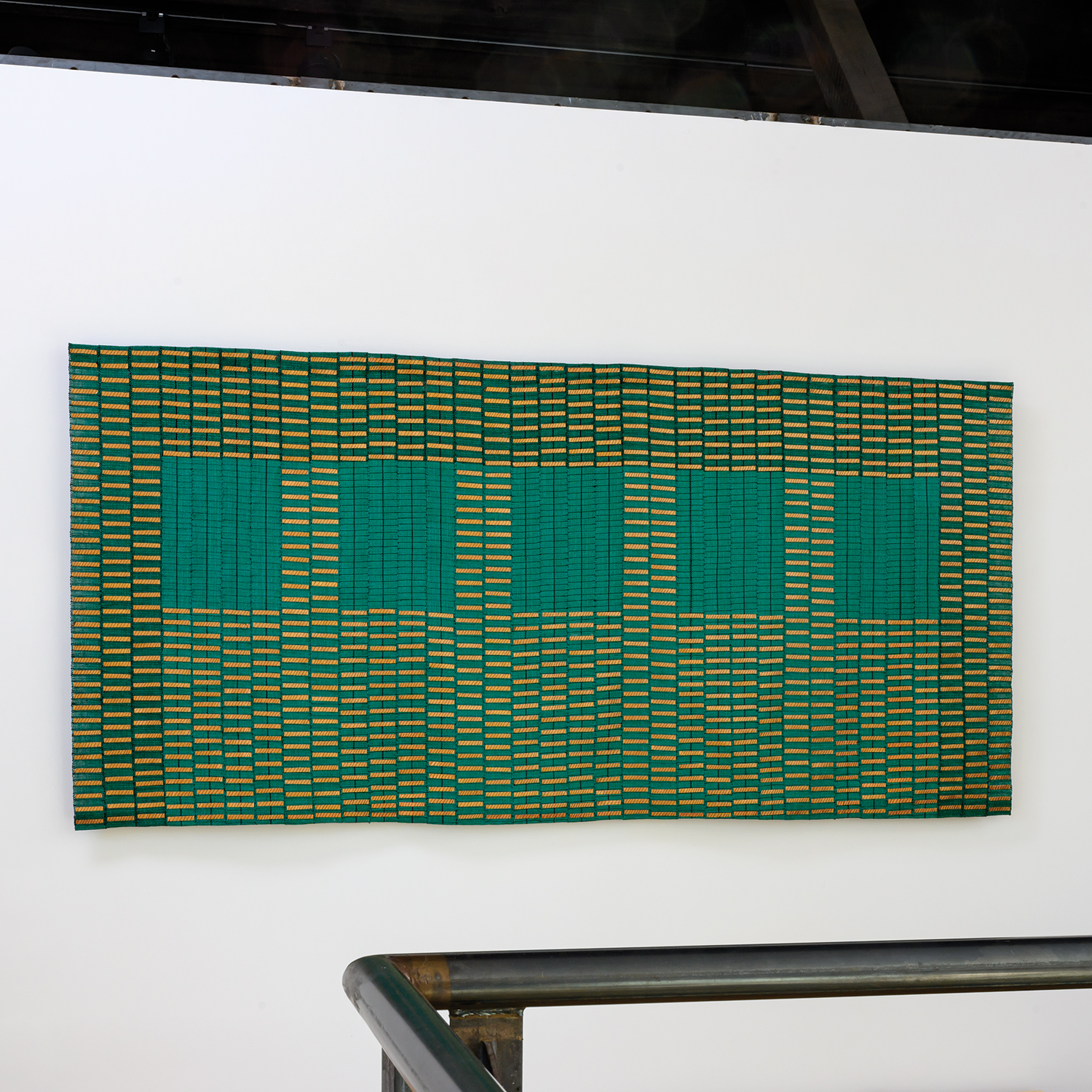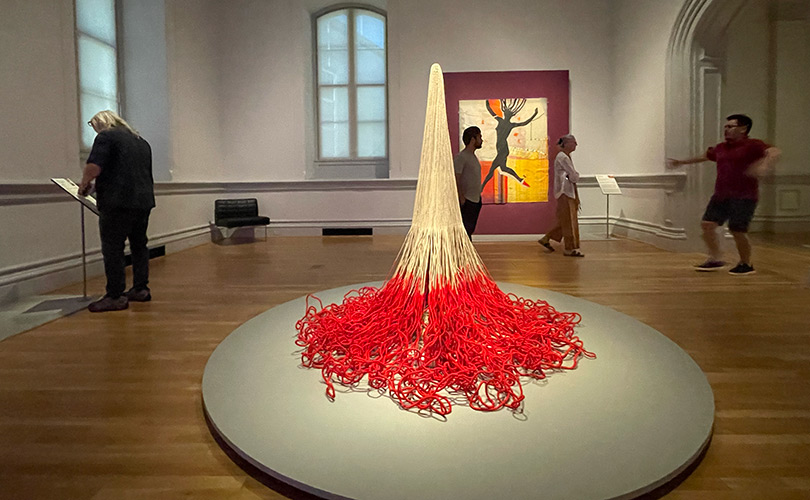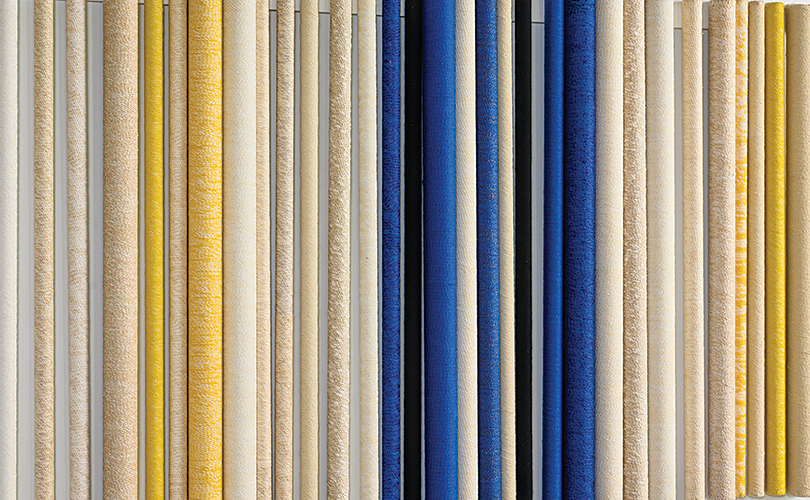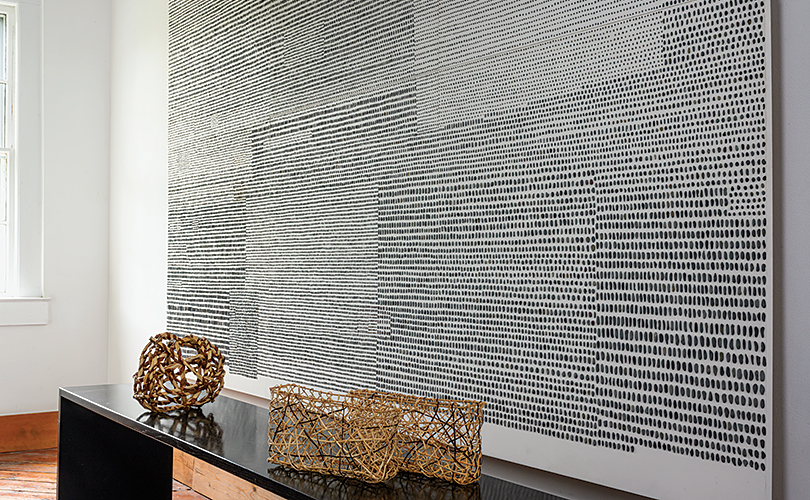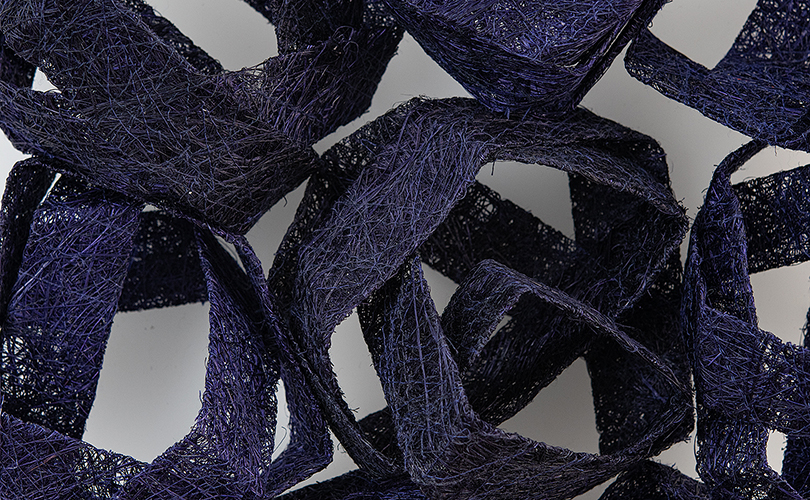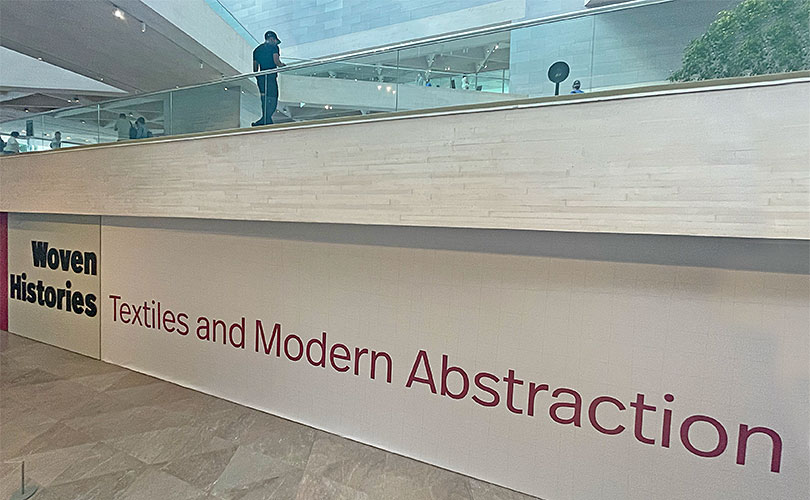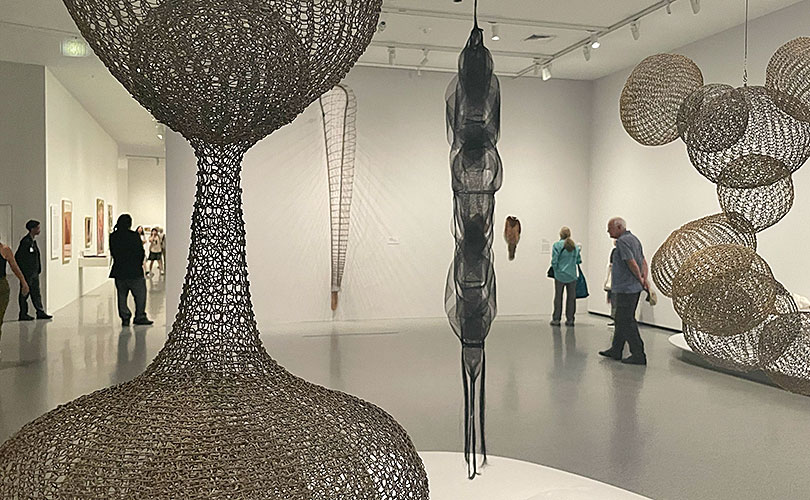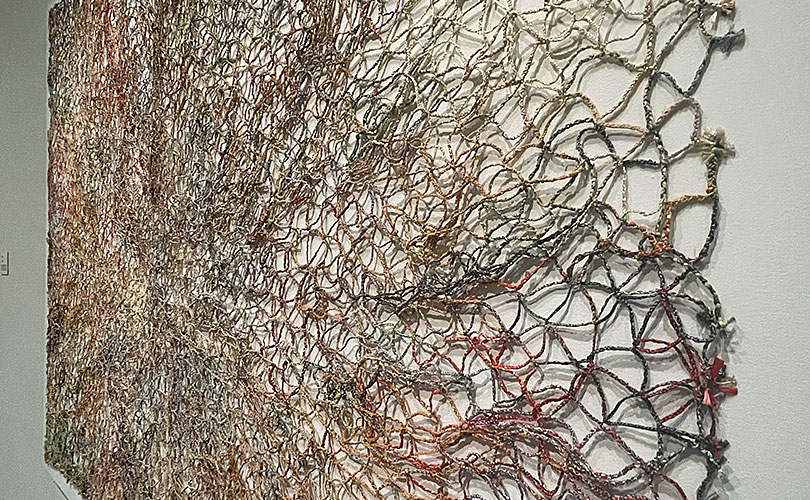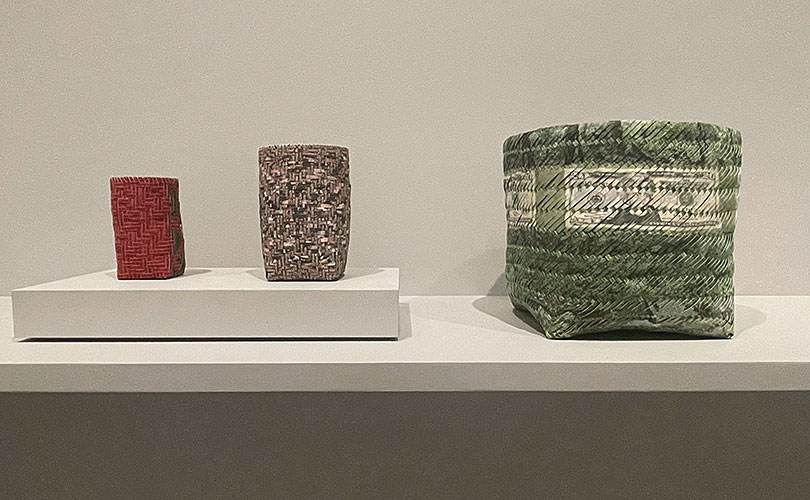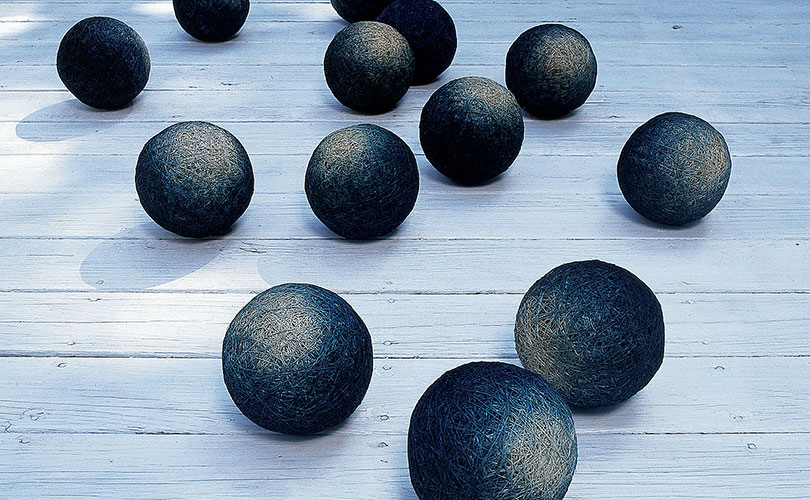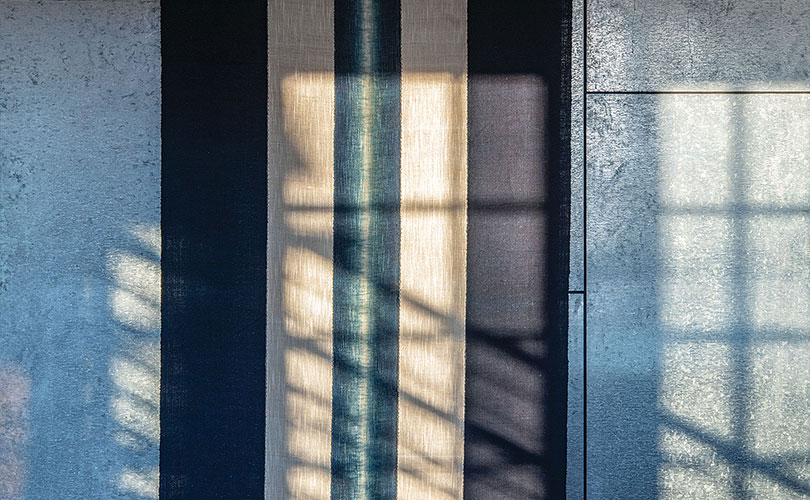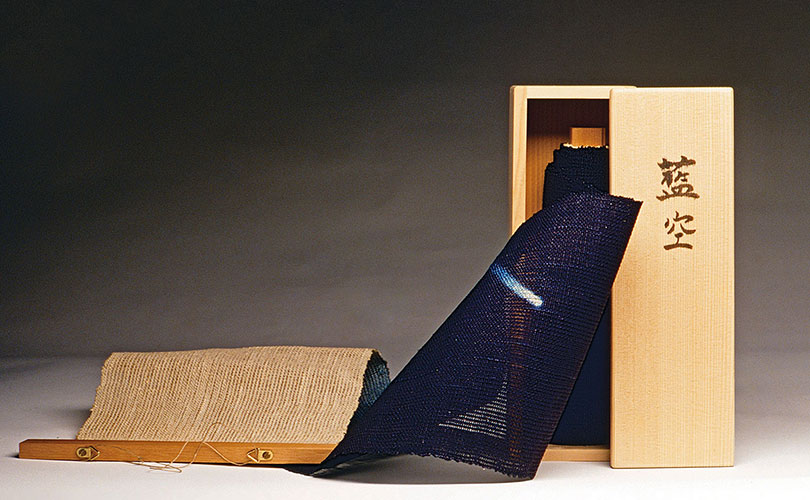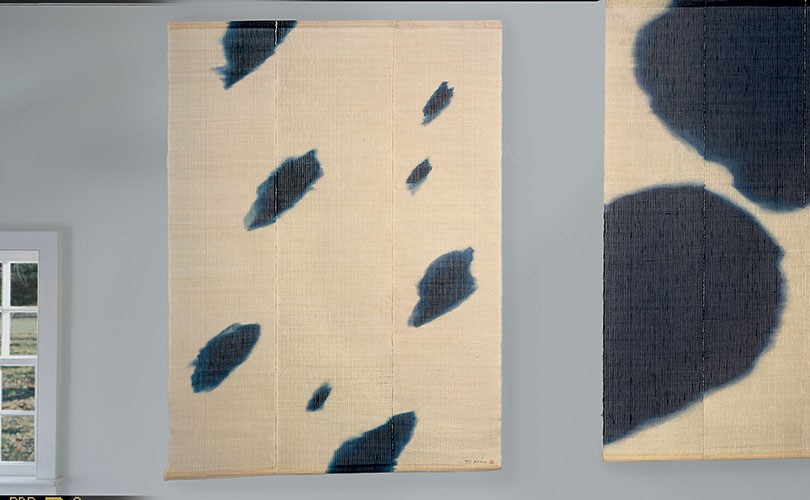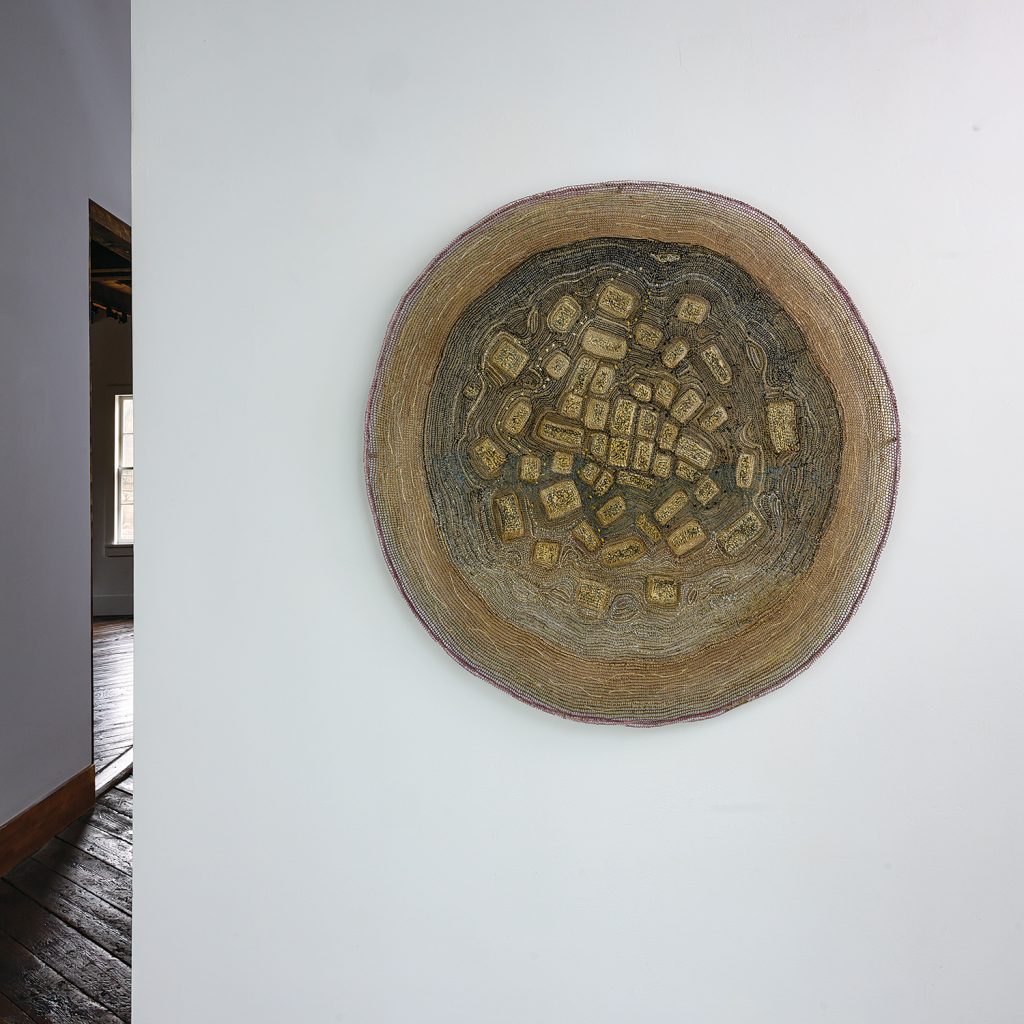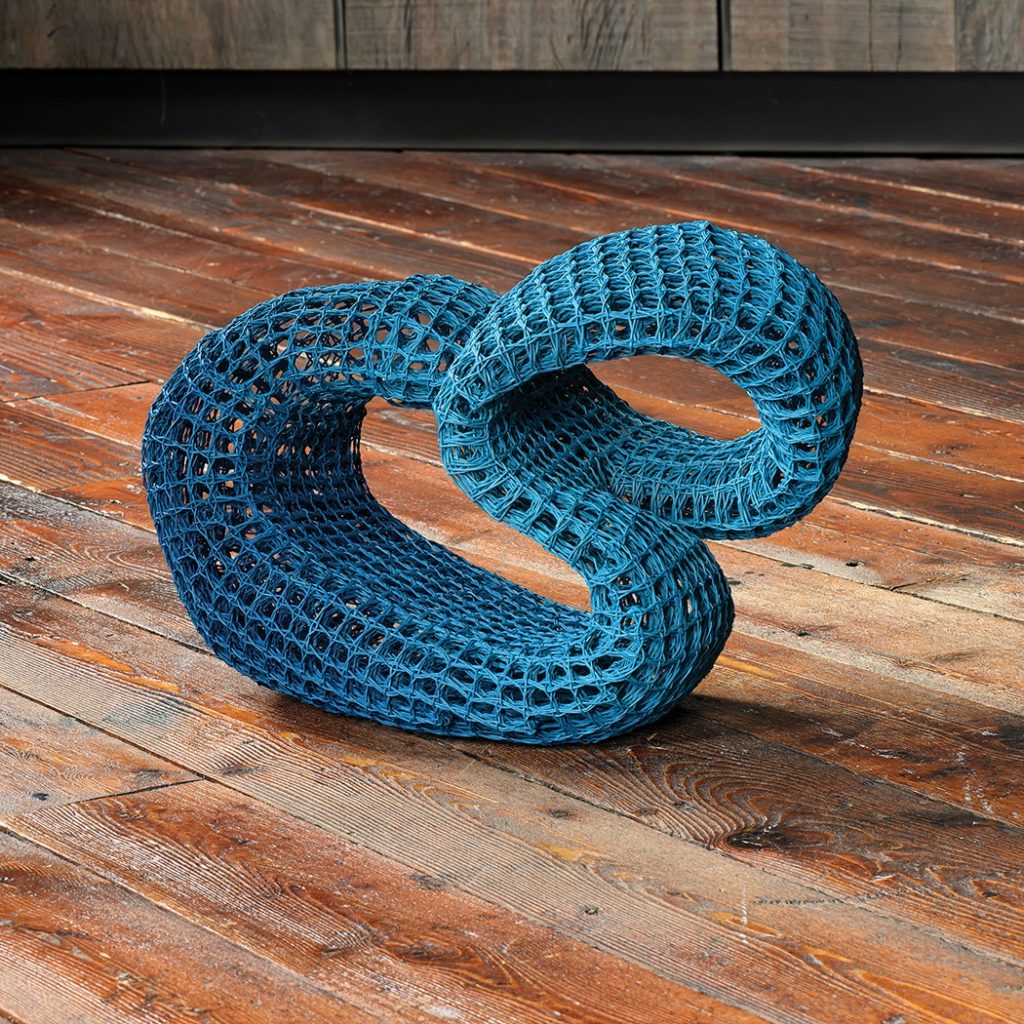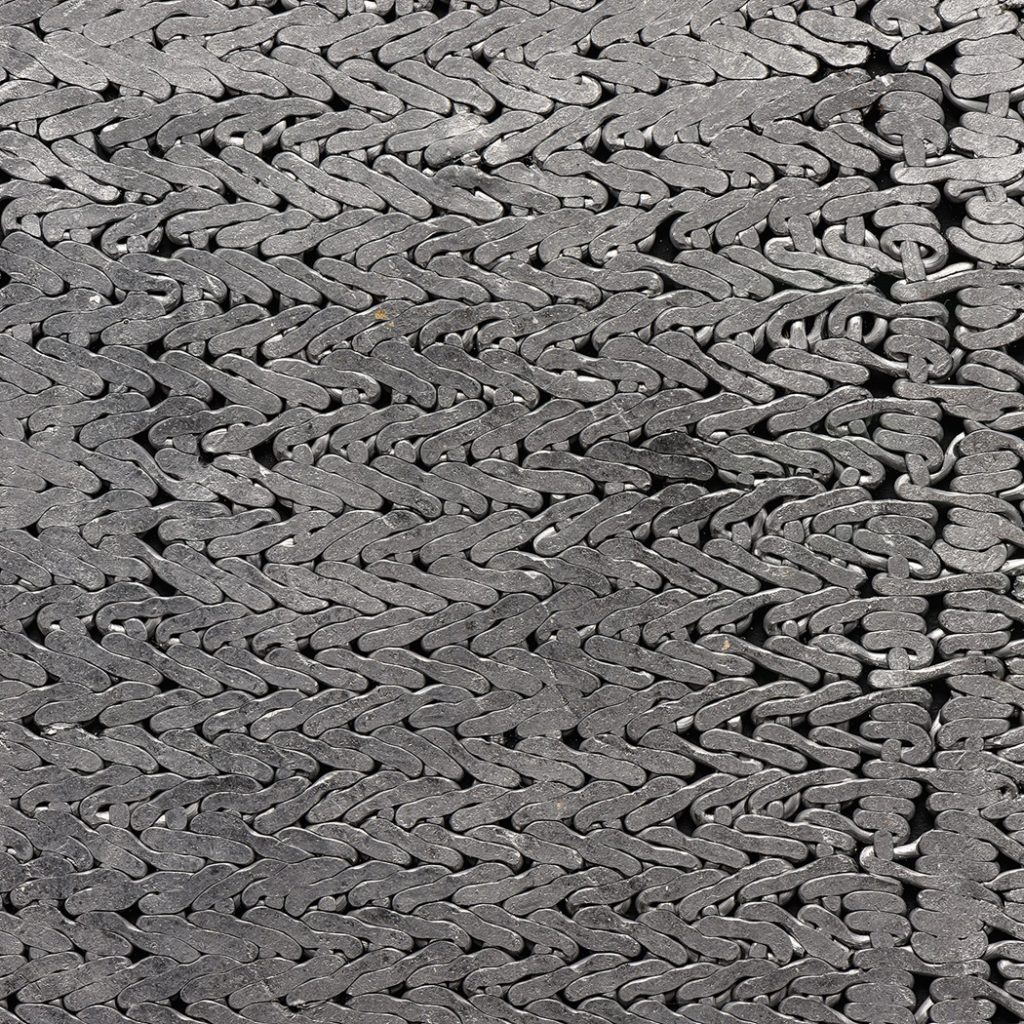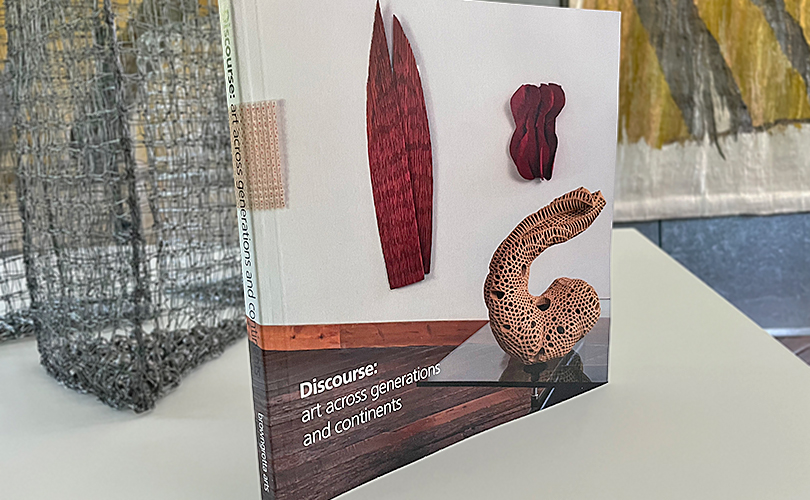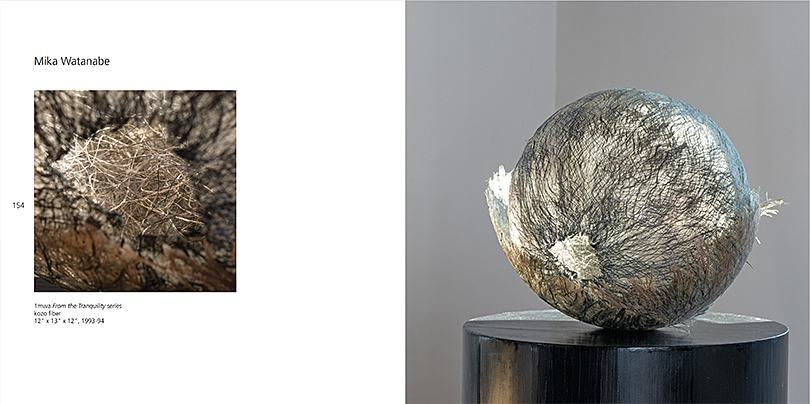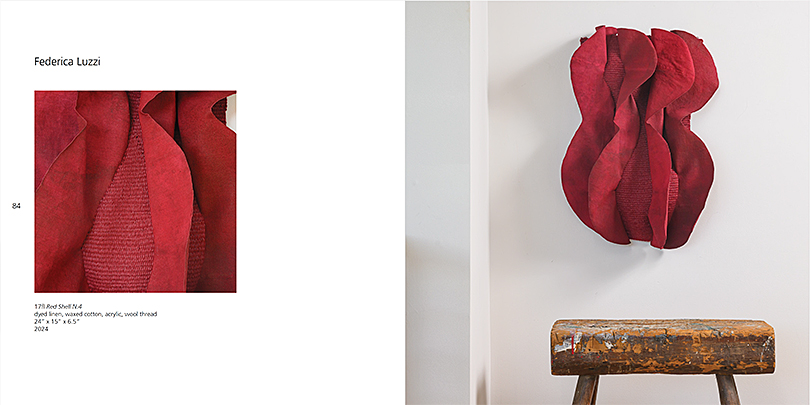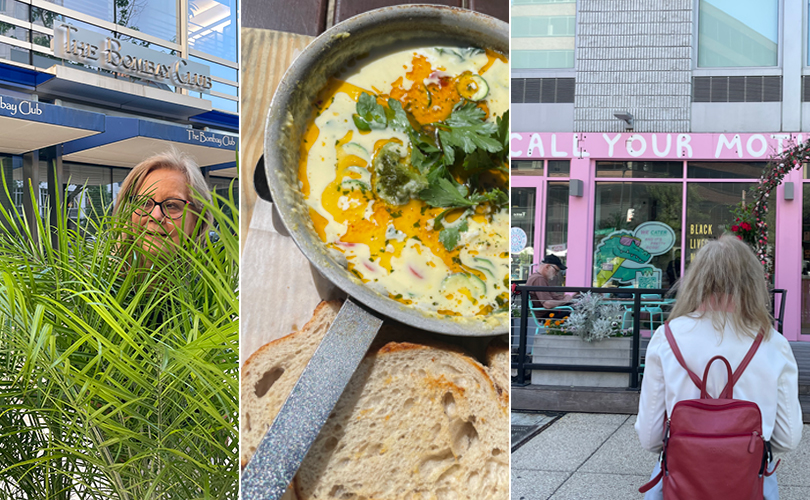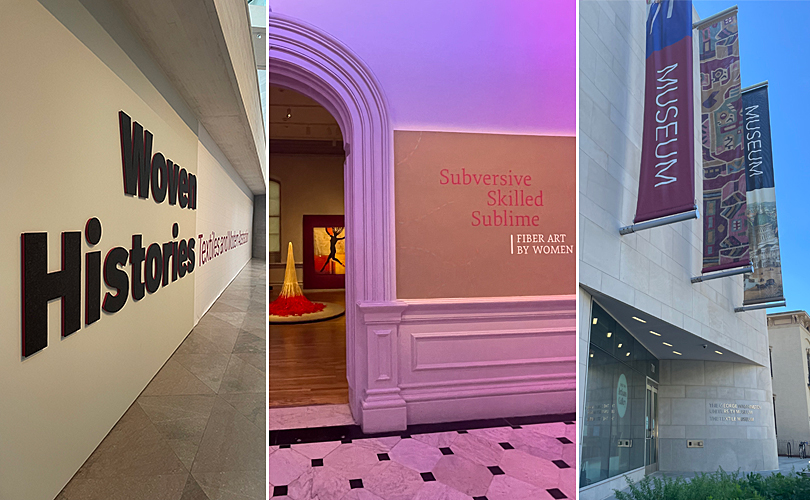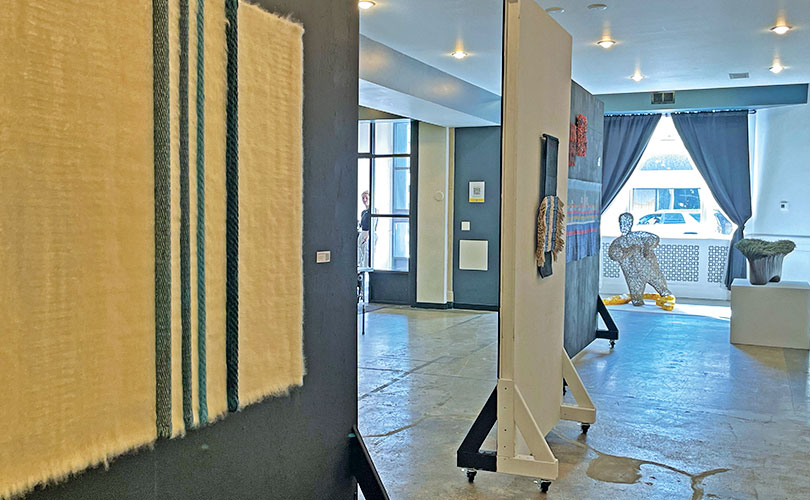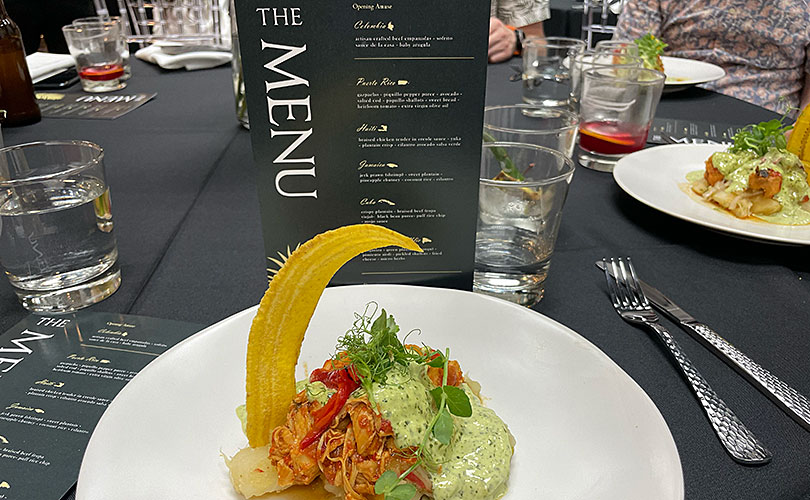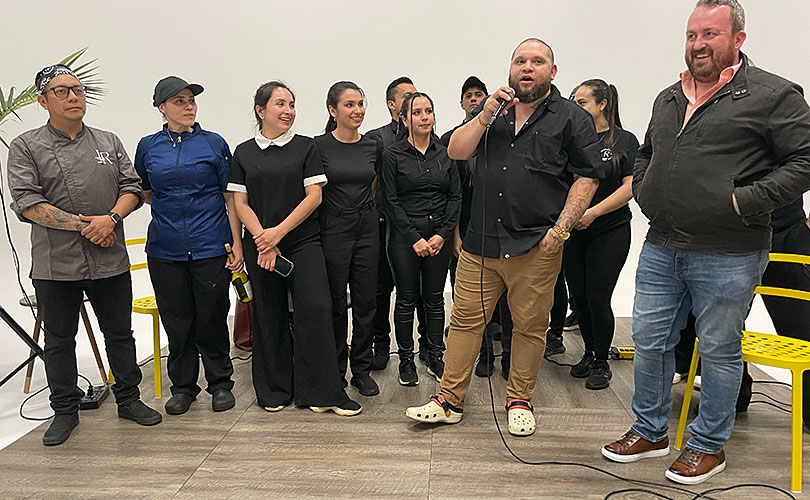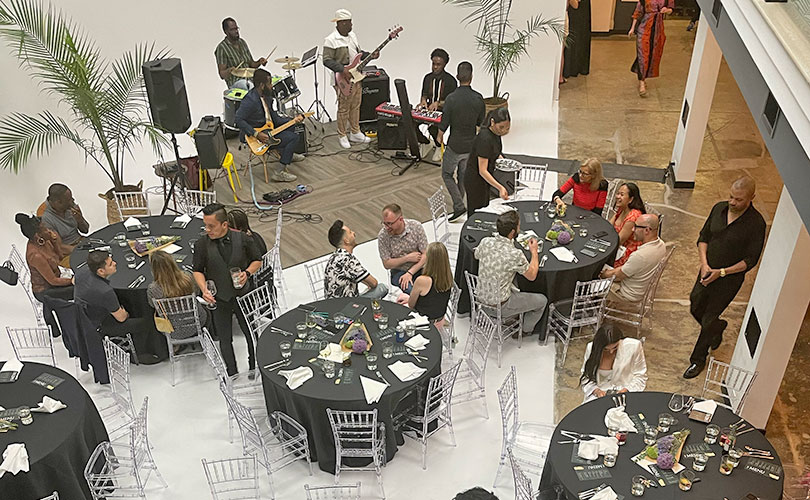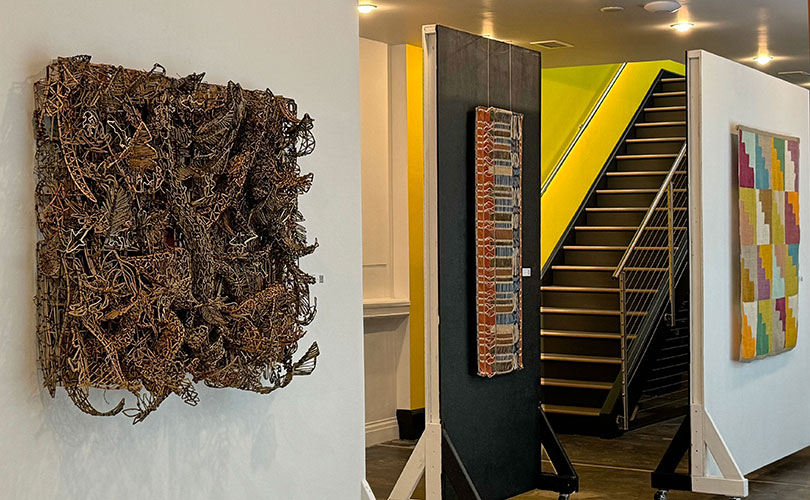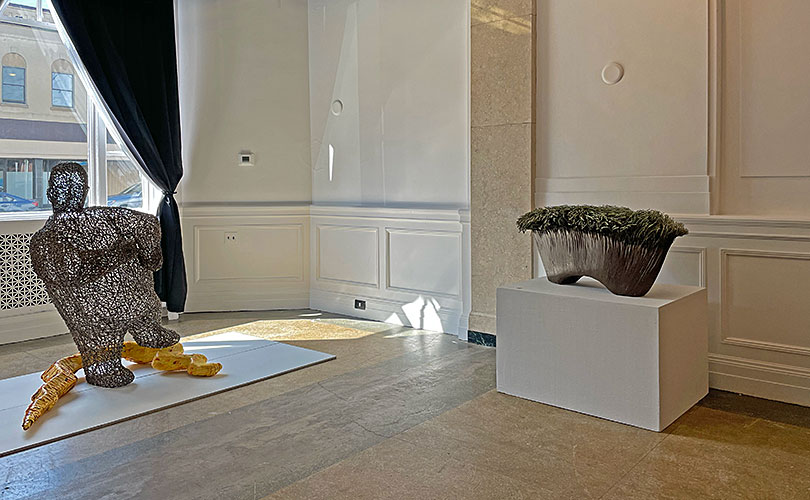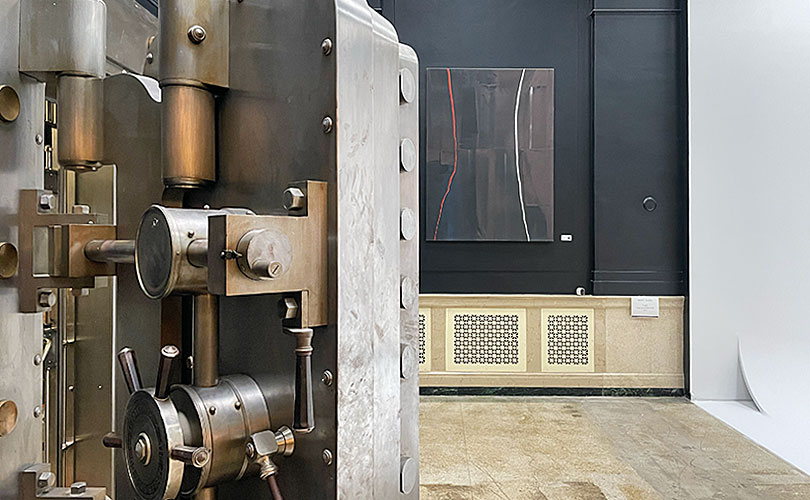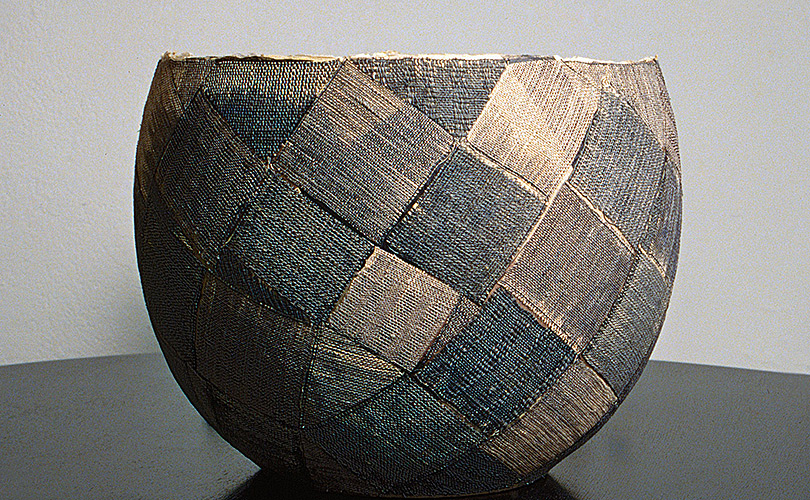
We are on vacation and Maine and rather than post a “Gone Fishing” sign this week (only one of us fishes anyway) we decided to explore some pieced, patchworked, and appliquéd works made by artists who have worked with browngrotta arts. They include this striking patched pot by Kay Sekimachi and Resound, a large appliqué by Ase Ljones. Work by both artists will be featured in browngrotta arts’ fall exhibition, Ways of Seeing (September 20 – 29, 2024).

Patchwork and appliqué have been integral to textile arts for centuries. Originating from the need to reuse and repurpose worn-out fabrics, patchwork involved stitching together various fabric pieces to create a larger, functional piece, often a quilt. Appliqué, on the other hand, involves sewing smaller pieces of fabric onto a larger base fabric to create decorative designs. Both techniques have roots in diverse cultures, from the elaborate quilts of 19th-century America to the intricate Indian patchwork and Japanese boro textiles.

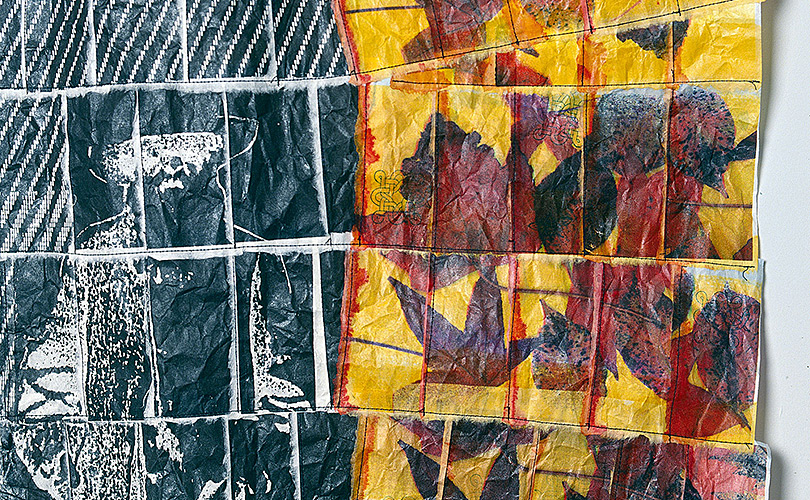
The techniques have continued relevance. They are used in mixed media works and in upcycling recycled fabrics, leather, and plastic, reflecting a broader cultural shift towards sustainability. Contemporary patchwork and appliqué often intersect with other art forms, including modern art, graphic design, and even digital art. This cross-disciplinary approach results in innovative works that challenge traditional boundaries and invite viewers to see these techniques in a new light. Noted surface designer Katherine Westphal, created a kimono by combining Japanese subway tickets and fabric. In another, October: A Walk with Monet, she patched together images she created using paper and heat transfer. Westphal is one of the artists in the upcoming exhibition Impact: 20 Women Artists to Collect (September 21-29, 2024), one part of Ways of Seeing.

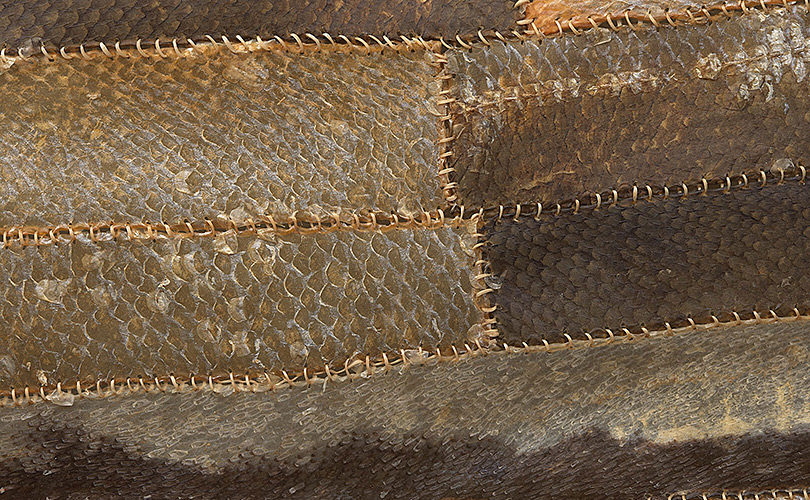
Contemporary artists use patchwork and appliqué as a medium for personal storytelling. Annette Bellamy is a commercial fisherwoman in Alaska part of the year, a part of her life that is reflected in works like Food Chain, made of pieced fishskins from a variety of fish. Neha Puri Dhir’s Farmer’s Jacket reflects a interest in upcycling and Japanese stitching techniques.
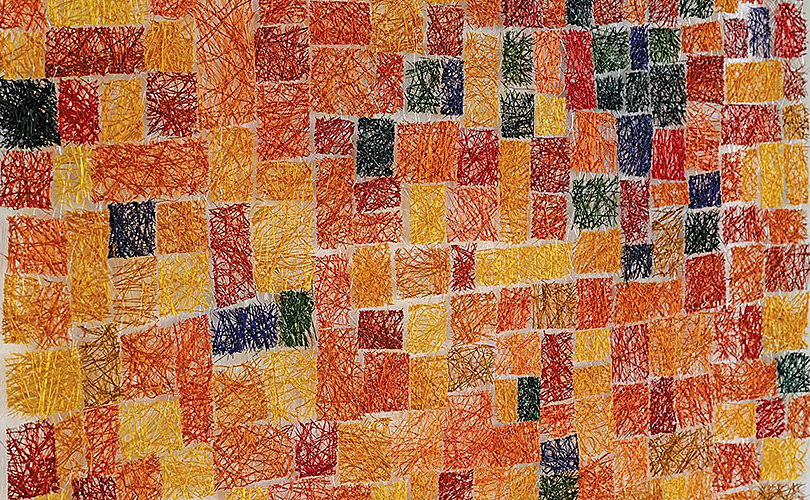
Patchwork and appliqué techniques are powerful tools for expressing individuality. In Aphelion, the late Lena McGrath Welker merged drawings and monotypes of Ptolomy’s diagrams, constellations, plus legible and illegible writing, and blackened copper prayer tabs in a statement about the universe and our role in it. The techniques may also be used to address contemporary issues, pieced works and intricate quilts that make social and political statements. Mia Olsson’s Map of a Warm Place, for example, uses pieces of sisal to make an environmental statement.
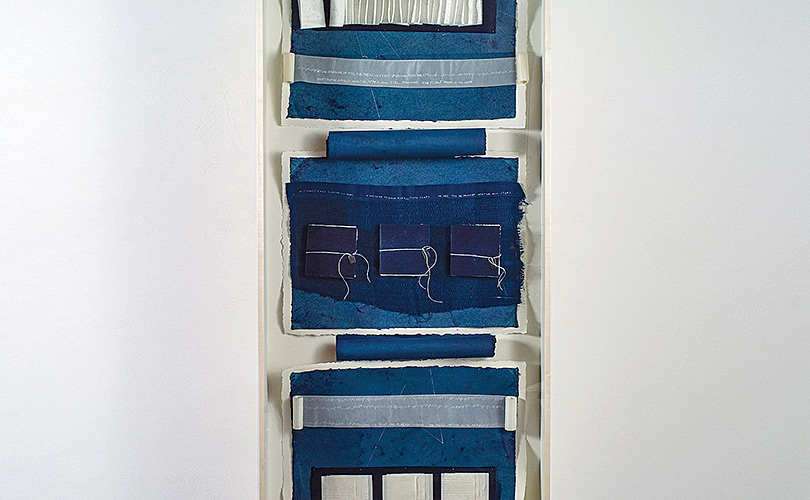
For more contemporary patchwork and appliqué, checkout contemporary boro: https://upcyclestitches.com/contemporary-boro/, Yoshiko Jinzenji, and Natalie Chanin.

